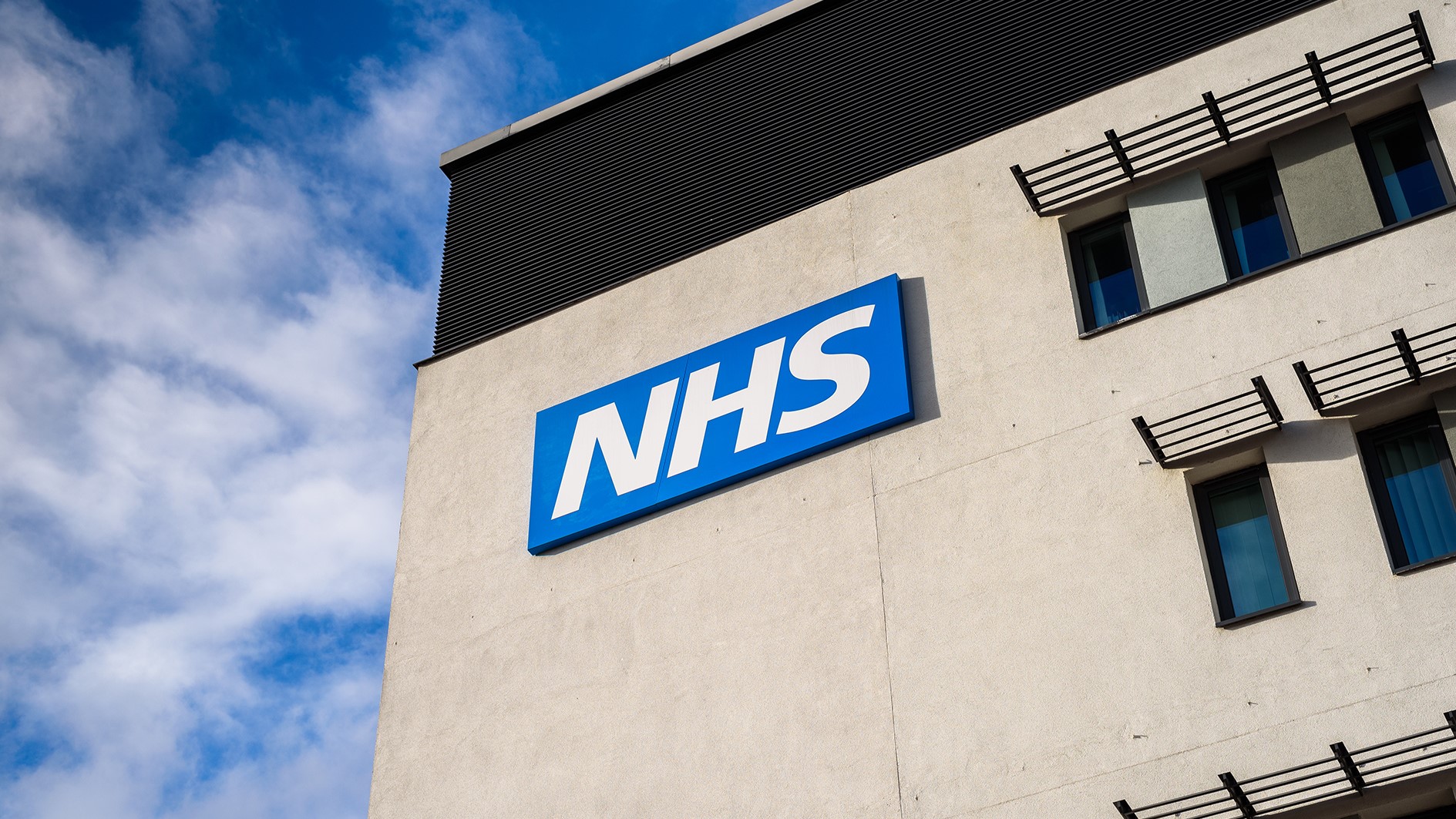NICE backs "artificial pancreas" tech for type 1 diabetics

More than 100,000 people in England and Wales with type 1 diabetes that they find hard to control with current therapy could soon be offered new technology via the NHS.
In draft guidance, the NICE committee has recommended the use of hybrid closed loop systems – which pair a continuous glucose monitor (CGM) under the skin that measures how much insulin should be delivered using a pump – to help patients manage their blood glucose levels more effectively.
For example, the systems can vary insulin delivery if blood glucose starts to go too low or too high, such as after vigorous exercise or during sleep.
The technology has been described as a step towards an "artificial pancreas" and could help type 1 diabetics avoid the serious complications that can accompany poorly controlled blood glucose levels like blindness, amputations, and kidney damage.
The technology also allows patients to go about their daily lives without having to keep using finger prick testing to monitor whether their blood glucose levels are too high or too low.
The decision follows a pilot study of closed-loop systems in 1,000 patients that got underway in 2021 at around 25 specialist centres across England.
Following the pilot, NICE has now recommended that the systems can be used in patients who are unable to control their condition despite using an insulin pump, or real-time or intermittently scanned continuous glucose monitoring, and are at risk of long-term complications.
That is defined as someone who has a level of haemoglobin A1c (HbA1c) – a market of glucose control over time – of 8.0% or more, well above the 6.5% target set out in NICE guidelines to minimise the risk of long-term complications from diabetes.
Hybrid closed loops systems are only recommended if the companies and NHS England agree a cost-effective price for the systems, according to the guidance.
At the moment an average annual cost for the technology is £5,744, which is higher than what NICE considers a cost-effective use of NHS resources. Manufacturers of the devices or software used in the systems include Medtronic, Tandem Diabetes Care, CamDiab, Dexcom, Advanced Therapeutics UK, and Insulet.
The announcement was warmly welcomed by the Juvenile Diabetes Research Foundation (JDRF), which has been involved in funding research into artificial pancreas technology and has been pushing for it to be made available to UK patients.
https://twitter.com/JDRFUK/status/1612744710895927296
"At a time when the number of people with diabetes is rising, we have to focus on what matters most to people who use NHS services by balancing recommending the best care with value for money," commented Mark Chapman, interim director of medical technology at NICE.
"Our committee has reviewed the real-world data generated by the NHS and evidence generated by randomised controlled trials which show there are clear benefits of recommending the technology's use."
The draft guidance is open for comment until the end of the month.












